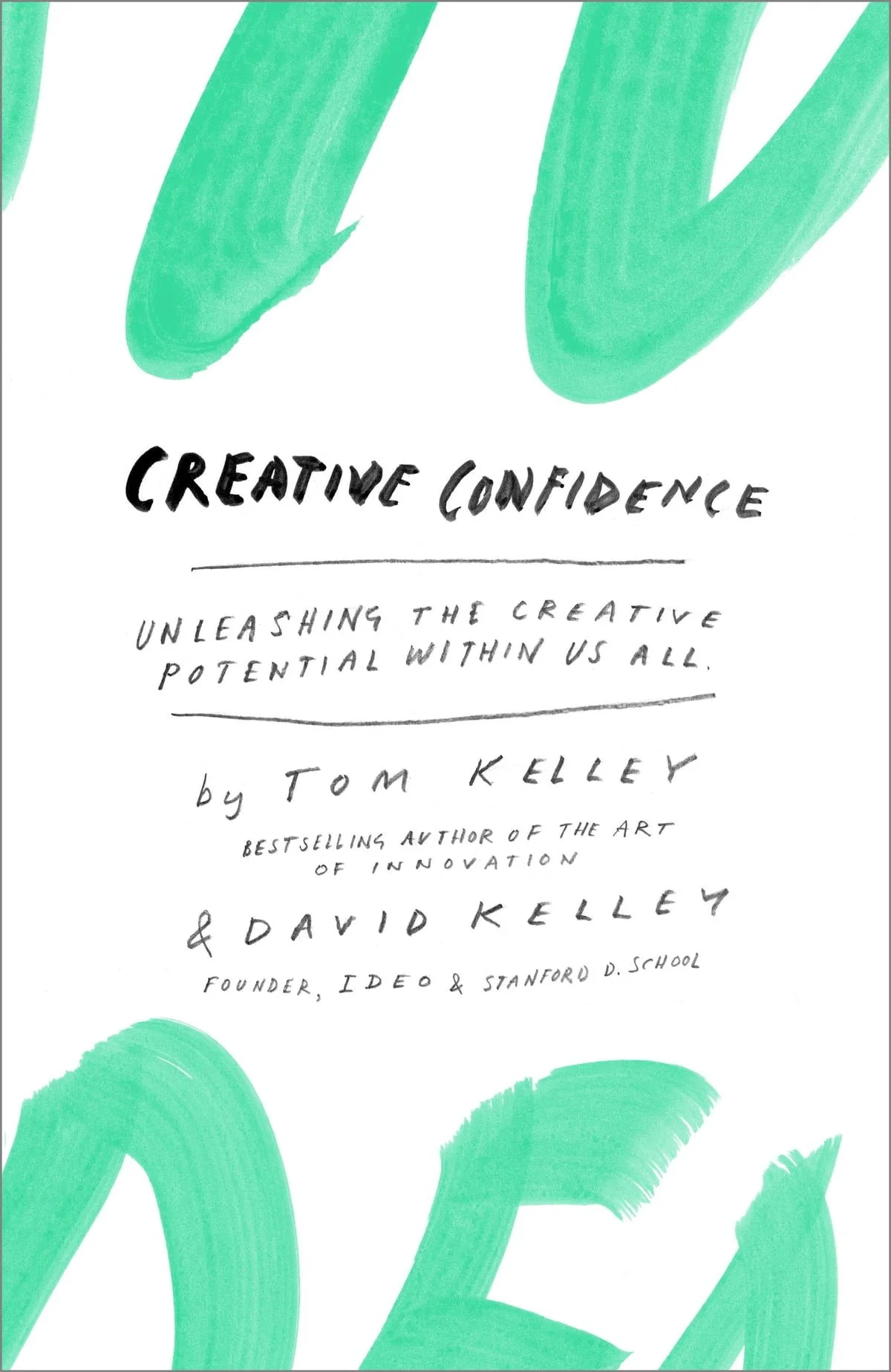Creativity: We All Have It, and More Than We Think
By Jess Cacho
Are you creative? Many people would respond with a lukewarm “sort of” or an emphatic “nope.” Simply put, creativity is the ability to use your unique perspective to solve a problem or bring something new into existence. In their book Creative Confidence, brothers and design-thinking advocates David and Tom Kelley posit that we are all creative and more so than we think. In order to realize our creative potential we first need to believe in that potential, and we can start by rethinking some common misconceptions around creativity itself. I often reflect on what creativity involves and have been delighted by some unexpected ways I’ve seen it show up in my life and the world in which we live.
Misconception #1: Creativity is Artistry
The majority of my design career has been spent working in the “Creative” department. I always quietly took issue with that label, as if we were the most, or even the only creative people in the company simply because we produced artwork. Just because you think you can’t draw or [insert random artform here] doesn’t mean you aren’t creative. It blows my mind that scientists and engineers figured out how to build skyscrapers, fly across continents and send shuttles into space. Surely that took at least some creativity, right?
Misconception #2: Creativity is Inessential
Very few challenges in life will come with a handy “how-to” guide, whether they’re trivial day-to-day annoyances or the beast that is global warming. My father-in-law works in construction and drives a huge pickup truck. It barely fits in the driveway with just inches to spare. He strung a tennis ball from the roof of the garage so when he taps it with the hood of his truck, he knows he’s pulled in far enough to confidently close the gate behind him. This wasn’t a hack he found on TikTok (the man hardly uses the internet), it was a practical application of his own creative problem solving.
Misconception #3: Creativity is Static
Leading up to college I knew I wanted to go into graphic design, only to be met with a wall of self-doubt when I got there. I convinced myself I didn’t have what it took to be a “professional creative” and switched majors from art to accounting, hoping I’d find comfort and fulfillment in the certainty of numbers (spoiler alert: I didn’t). We tend to think we’re born with a certain amount of creativity and that’s it. The truth is that creativity is fluid and changeable — a metaphorical muscle that can be made stronger through consistent, intentional practice.
It’s understandable why so many of us shy away from creativity as we get older. It requires a willingness to be vulnerable, open to new possibilities and to fail over and over again. The great thing is these inclinations come naturally to kids. When we understand more fully what creativity is (and isn’t), we can cultivate environments that nurture creativity. Consider giving children down time to play and explore freely, encouraging them to take risks and celebrate failures as stepping stones to success. Much like my own parents, teachers and mentors, we all have the power to help the kids in our lives lean into their creativity. We can foster confidence in their ability to accomplish whatever it is they set out to do.
Discover your creative personality with Adobe’s Creative Types Test →
Jess is Creative Director at Grupology. When she’s not pushing pixels or problem solving, she enjoys scaling walls at the climbing gym, exploring trails on her bike or plopping down on the couch with a good video game.



